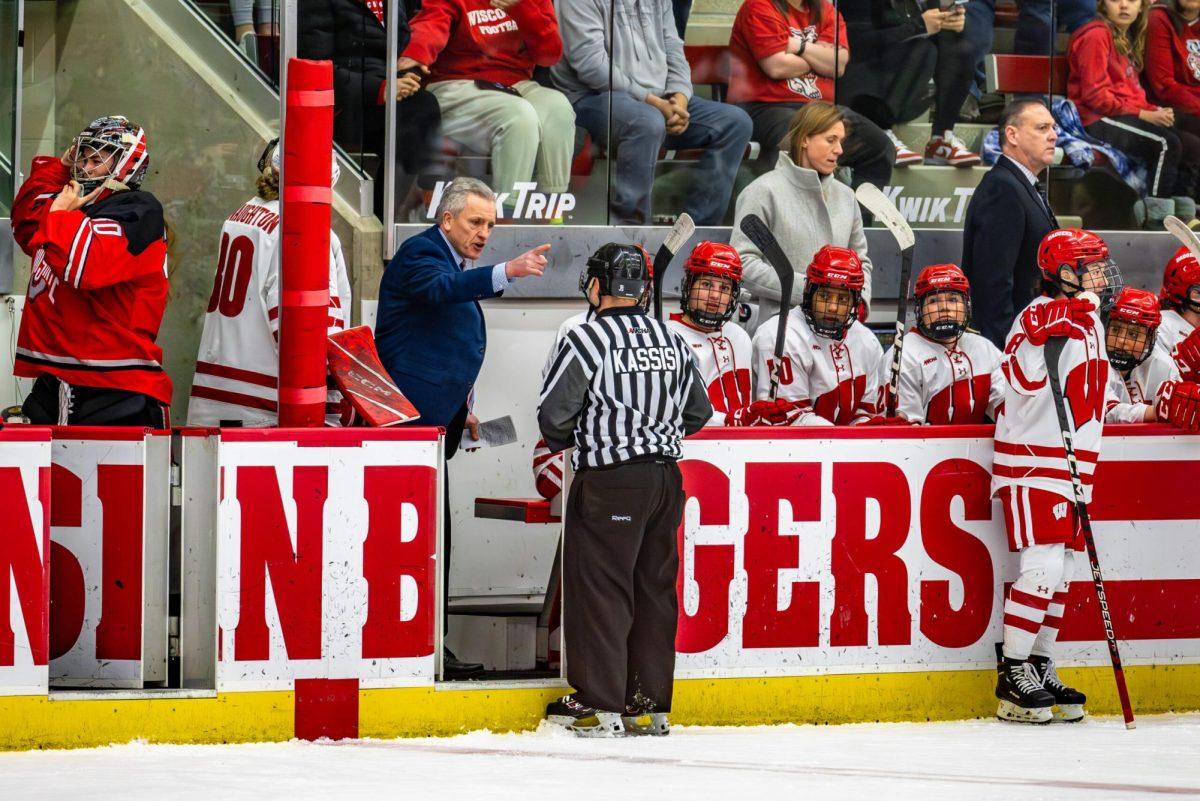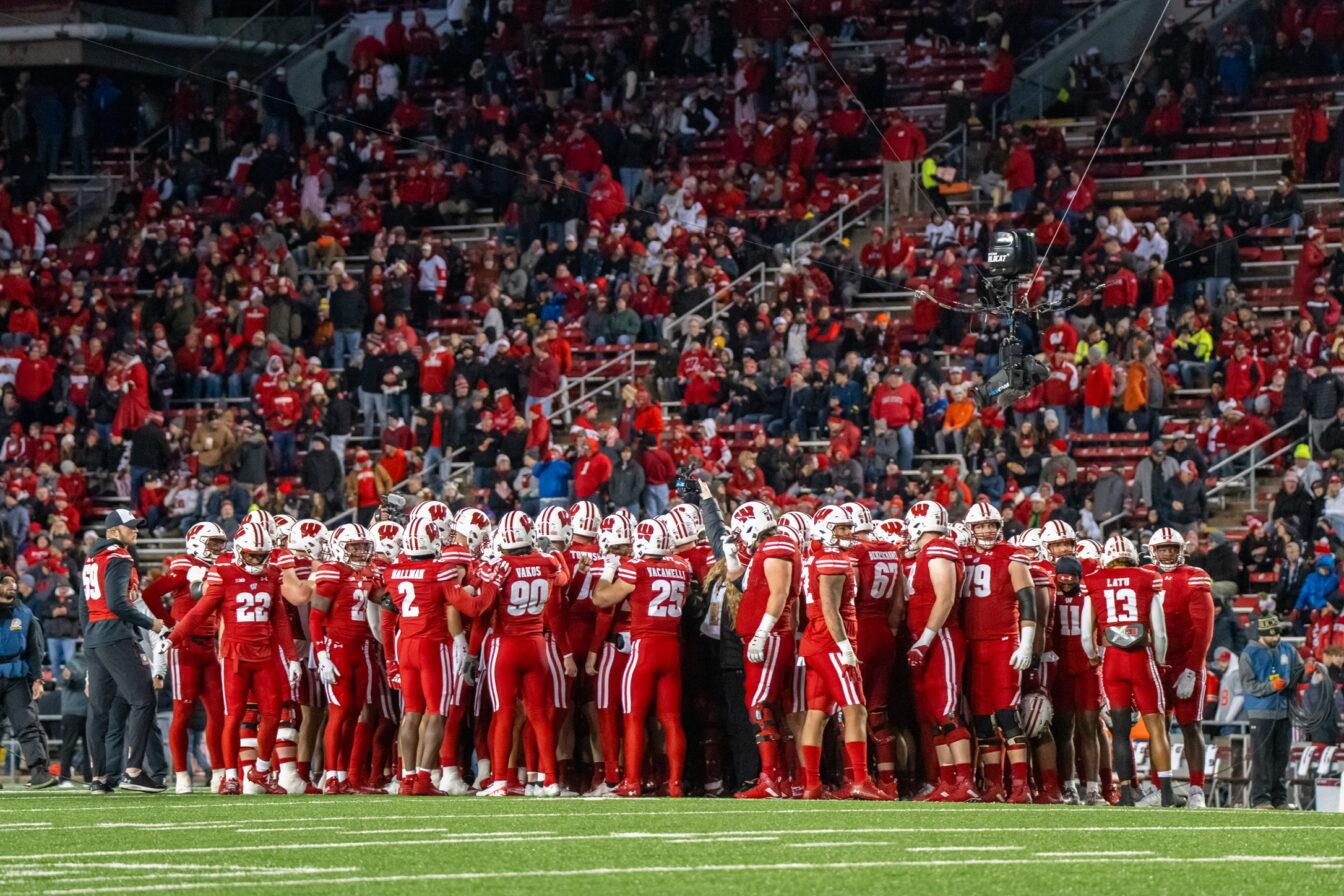Everyone’s familiar with the curse that the Bambino laid upon the BoSox. The tale is a part of American culture — iconic, legendary and (unfortunately for all the Beantowners and bandwagon Beantowners out there) irreparable.
Well, here’s a new curse tale for you. The teams involved are no less familiar, the damage done no less dire.
I stumbled across it this summer while pursuing one of my many idiotic obsessions (sports history).
The following is the story of the little-known, yet infinitely pertinent (particularly in a year in which the unheralded Cards are in the process of lapping the over-heralded Cubbies) curse of the O’Farrell:
It was 1915 … or something nonsensically antique like that.
The Chicago press was about a century ahead of its time (not a good thing) in discovering the popularity of reality entertainment.
At this point, three Chicago-based baseball teams had thrown their shoes into the competition to be “major league teams;” the White Sox, the Cubs and the (thankfully — aren’t two obnoxious Chicago teams more than enough?) long-since defunct Whales.
The Chicago Daily Tribune began running a series of articles following three major-league prospects (one per team) on their quests to become stars in baseball.
One of these prospects was named Bob O’Farrell.
O’Farrell was a Chicago-born-and-raised catcher who had been signed by the Cubs “right off the sandlots” (according to the 1933 ‘Who’s Who in Major League Base Ball’). He was a high school baseball hero at local Waukegan High School; as such, he already bore a certain amount of local celebrity.
After spending a couple years in the Cubs’ farm system (in Peoria), O’Farrell was promoted to the ‘Show.’ He made a splash in 1918 — his first season — hitting at a .283 clip with an impressive .347 on-base percentage. He was just 21 years old at the time.
In the next seven seasons, O’Farrell established himself as one of the premiere backstops in the big leagues. He was in the top five in the league in on-base percentage twice, in the top 10 in home runs once and (while the Gold Glove wasn’t yet in existence) was widely considered the best defensive battery mate in the game.
In 1925 (on May 23 — a date that Cubs fans should remember with the same bitter angst that Red Sox fans remember Jan. 3, 1920), in spite of his accomplishments and his vast hometown appeal, O’Farrell was traded by the Cubs to the rival St. Louis Cardinals in exchange for Mike Gonzalez — a 36-year-old catcher who had never hit more than three home runs in a season and had a career average of .255 — and Howard Freigau — an infielder who played in the big leagues for just six seasons and wasn’t good enough to be a starter in any of them.
The Chicago Daily Tribune wrote wryly at the time, “To get these two fellows President William Veeck announced that he had been forced to part with Bob O’Farrell, one of the best backstops in the major leagues.”
The move, shockingly enough, didn’t pay off.
Though the Cubs were in front of the Cards at the time of the trade, St. Louis experienced an almost immediate turnaround; they finished the season with nine more victories than the Bear Cubs.
1926 rolled around and O’Farrell had his best season in the majors. In 147 games, he put up a respectable .293 average with a more-than-respectable .371 on-base percentage. He also made just 10 errors on the season, which, in the days before pitches like the spitball and the shineball were banned, was just about unheard of for a catcher playing so many games.
O’Farrell added 30 doubles, nine triples and seven home runs to his stat line and drove in 68 runs. For his stellar performance offensively and defensively, O’Farrell beat out the likes of the Cubs’ Hack Wilson, the Reds’ Bubbles Hargrave and his own teammate Rogers Hornsby to easily win the National League MVP.
The Cardinals finished in first place in the National League with an 89-65 record; the Cubs finished in fourth.
But O’Farrell’s season wasn’t over.
In the World Series, with the Cardinals facing off against the Yankees (sound familiar — like something that’s going to happen in a couple weeks perhaps?), O’Farrell hit above .300, leading the Cardinals to victory, four games to three. With two outs in the bottom of the ninth of game seven, O’Farrell threw Babe Ruth out trying to steal, sealing the deal for St. Louis.
O’Farrell never had quite as impressive a year as he did in his first out of Chi-town, but that wouldn’t keep the Cards from continuing to thrive (or the Cubs from continuing to not).
Since the O’Farrell trade, the Cardinals have won nine World Series rings, second only to the Yankees. The Cubs, meanwhile, have won zero, comparable in productivity only to the Yankees’ famous rival.
On the day of the trade, the Tribune wrote, “Although O’Farrell was one of the veteran Cubs, he accepted the news of his transfer with a smile.”
He knew what he was getting into — and what he was getting out of.














